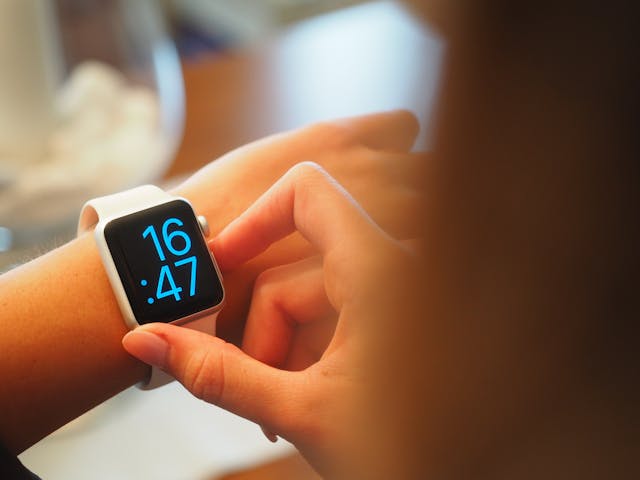Timekeeping has undergone a significant transformation over the centuries, evolving from the early sundials to the sophisticated wristwatches we see today. Among the various innovations that have changed the way we interact with time, the digital watch stands out as a landmark in the chronicles of horology. The entry of digital watches into the realm of timekeeping marked the beginning of a new era, where functionality, precision, and accessibility became paramount.
The Origins of Digital Timekeeping
Before delving into the modern intricacies of the digital watch, it is essential to understand the origins of digital timekeeping. The transition from analog to digital time displays represented a monumental shift in the philosophy of watchmaking. Initially, the concept of digital timekeeping was met with skepticism, as traditionalists preferred the longstanding heritage of omega watches. However, with the advent of electricity and new display technologies, the path was paved for a revolution in timekeeping.
The Arrival of the Digital Watch
The 1970s heralded the introduction of the first commercially available digital watches, which boasted an LED (Light Emitting Diode) screen that presented the time in a numeric format. This technological innovation was not just about a change in the way time was presented; it was about the convenience and accuracy it offered to the wearer.
As the market for digital watches grew, the technology continued to improve, with liquid crystal displays (LCDs) becoming the norm due to their lower power consumption and improved visibility in various lighting conditions. Digital watches became a symbol of the modern individual, who valued the practicality and reliability that these timepieces provided.
Features and Functionality
One of the primary reasons for the widespread adoption of digital watches was the extensive range of features they offered. Beyond mere timekeeping, these gadgets came equipped with additional functionalities such as stopwatches, countdown timers, alarms, and even calculators. Some models boasted advanced features like GPS, heart rate monitoring, and Bluetooth connectivity, transforming the simple act of timekeeping into an interactive experience.
For those who led an active lifestyle or required precision in their professional lives, these multi-functional watches were an indispensable tool. In addition, the digital format allowed for greater accuracy in time display, with most digital watches providing the time down to the exact second.
The Design Evolution
With time, the design of digital watches saw extensive iterations and developments. Initially pegged as utilitarian devices, the aesthetics of digital timepieces evolved to match the trends and tastes of the public. From the robust and rugged designs favoured by outdoor enthusiasts to sleek and minimalist patterns that appealed to the fashion-conscious, digital watches became as much a style statement as they were practical instruments.
Despite the variations in design, the essence of a digital watch remained rooted in displaying time in a straightforward and direct manner. The appeal of seeing the time at a glance, without the need to interpret the positions of hands on a dial, was universal.
The Impact on Society
Digital watches have had a significant impact on society and culture. They have permeated various aspects of daily life, from education where they assist in the learning of time, to sports where they provide athletes with precise timing. These timepieces have also made it into popular culture, featured in films and television as indicators of technological advancement or symbols of a character’s persona.
The influence of digital watches extends beyond merely providing the time. They encourage punctuality and time management, qualities that are highly prized in the fast-paced modern world. By incorporating additional tools for organising daily routines, digital watches have become companions in the quest for efficiency and productivity.
The Future of Digital Timekeeping
As we look to the future, the evolution of the digital watch shows no signs of slowing down. Advances in technology continue to push the boundaries of what is possible in timekeeping. From smartwatches that sync with smartphones to devices that monitor health metrics, the digital watch continues to evolve to meet the ever-changing needs of society.
Investment in research and development in this sector promises further enhancements that may seem like science fiction today. Innovations such as flexible screens, even more integrated health tracking, and increased customisability are on the horizon, demonstrating the digital watch’s ability to adapt and grow.
Conclusion
The evolution of the digital watch represents a significant chapter in the history of timekeeping. From their practical inception to their current status as multifunctional accessories, digital watches have changed the way we view and interact with time. The modern era of timekeeping, with its emphasis on accuracy, convenience, and innovation, owes much to the advent of the digital watch. As the industry continues to develop, we can expect that the next generation of digital watches will redefine our relationship with time in ways that are as yet unimagined. However, what remains certain is that the digital watch will continue to be an integral part of our lives, keeping us punctual, efficient, and ready for the challenges of the modern world.

